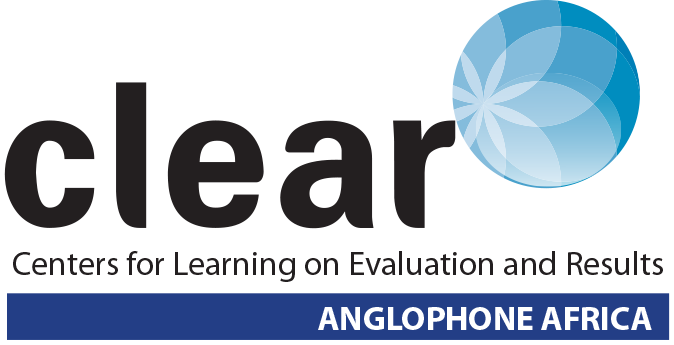Department of Medicine, John Rangos Sr Building, 855 N Wolfe St, Baltimore, MD 21205, United States; Department of Pathology, Johns Hopkins University School of Medicine, Baltimore, United States; National Institute of Allergy and Infectious Diseases, National Institutes of Health, Bethesda, MD, United States; Department of Laboratory Medicine, University of Washington, Seattle, WA, United States; Institute of Public Health, Makerere University, Kampala, Uganda; Department of Population, Family and Reproductive Health Sciences, Johns Hopkins University, Bloomberg School of Public Health, Baltimore, MD, United States
Neal, J.D., Department of Medicine, John Rangos Sr Building, 855 N Wolfe St, Baltimore, MD 21205, United States; Tobian, A.A.R., Department of Pathology, Johns Hopkins University School of Medicine, Baltimore, United States; Laeyendecker, O., Department of Medicine, John Rangos Sr Building, 855 N Wolfe St, Baltimore, MD 21205, United States, National Institute of Allergy and Infectious Diseases, National Institutes of Health, Bethesda, MD, United States; Ngo, T.D., Department of Pathology, Johns Hopkins University School of Medicine, Baltimore, United States; Redd, A.D., Department of Pathology, Johns Hopkins University School of Medicine, Baltimore, United States; Reynolds, S.J., Department of Medicine, John Rangos Sr Building, 855 N Wolfe St, Baltimore, MD 21205, United States, National Institute of Allergy and Infectious Diseases, National Institutes of Health, Bethesda, MD, United States; Morrow, R.A., Department of Laboratory Medicine, University of Washington, Seattle, WA, United States; Manucci, J.L., Department of Medicine, John Rangos Sr Building, 855 N Wolfe St, Baltimore, MD 21205, United States; Serwadda, D., Institute of Public Health, Makerere University, Kampala, Uganda; Gray, R.H., Department of Population, Family and Reproductive Health Sciences, Johns Hopkins University, Bloomberg School of Public Health, Baltimore, MD, United States; Quinn, T.C., Department of Medicine, John Rangos Sr Building, 855 N Wolfe St, Baltimore, MD 21205, United States, National Institute of Allergy and Infectious Diseases, National Institutes of Health, Bethesda, MD, United States
Herpes simplex virus type 2 (HSV-2) infection is one of the most common sexually transmitted infections (STIs) worldwide. While glycoprotein G-2 enzyme-linked immunosorbent assays are commonly used for the serological detection of HSV-2 antibodies, they have low specificity in developing countries. The Euroline Western blot (WB) is a commercially available assay that is easy to perform; however, little is known about its performance characteristics. This study evaluated Euroline WB for the detection of HSV-2 antibodies compared with University of Washington Western blot in three geographically different regions: Baltimore, MD, USA; Rakai, Uganda; and Kunming, China. Among the 135 American men attending a STI clinic in Baltimore, MD, 72% (n = 97) were HSV-2-positive by Euroline WB, showing a sensitivity of 97.8% and a specificity of 81.8%. Among the 273 commercial sex workers in Kunming, 62.3% were HSV-2-positive by Euroline WB (sensitivity 96.9%, specificity 89.1%). Among the 437 Ugandans in Rakai, 67.3% were HSV-2-positive by Euroline WB (sensitivity 98.7%, specificity 65.4%). The Euroline WB has a consistently high sensitivity, but specificity varied significantly among the different locations.



